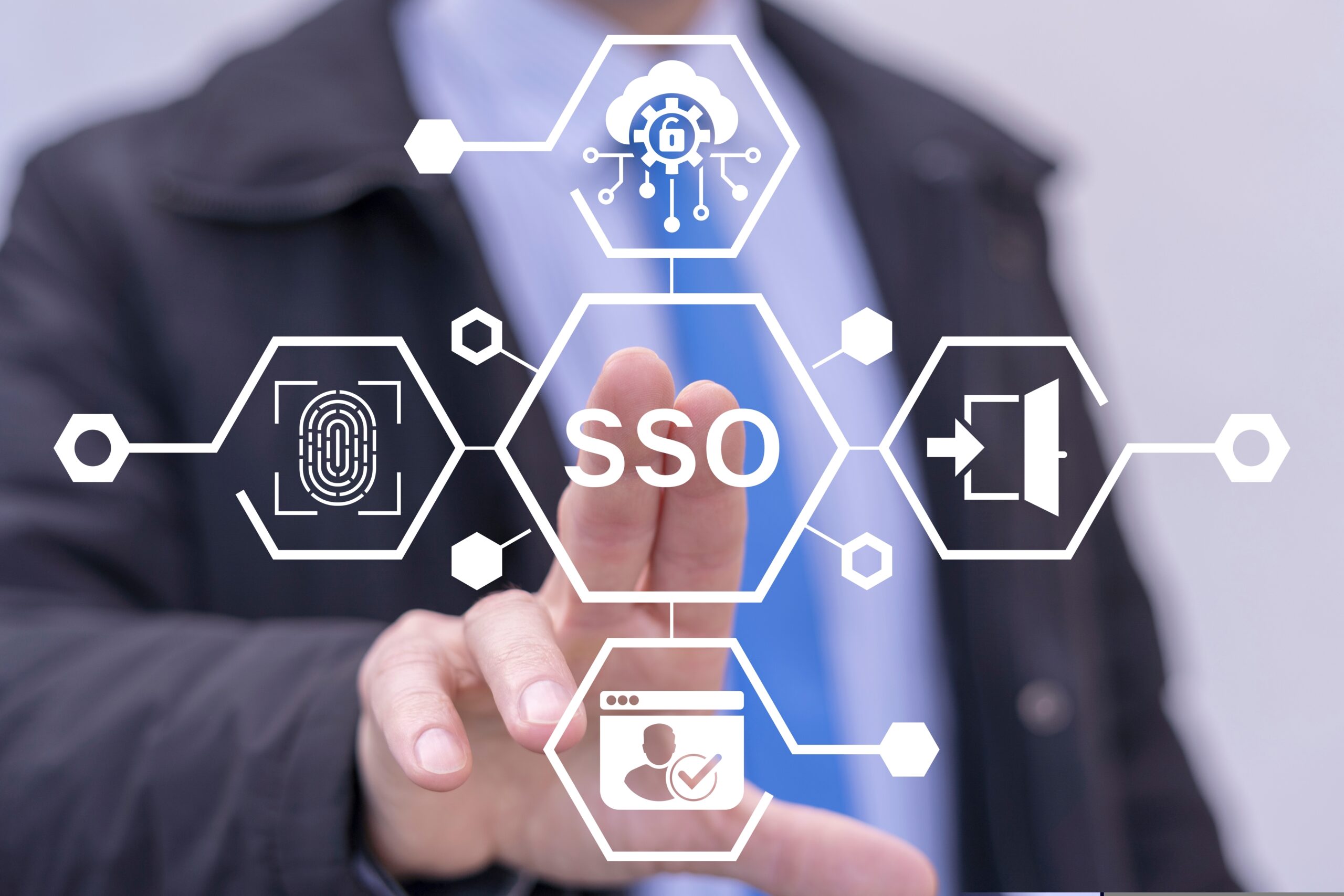In a previous blog article, Cary discussed the Benefits of a Digital EHS System. It was clear, the potential benefits of adopting a digital strategy to manage an EHS management system are tremendous and far-reaching. However, even though technology can help, it is all about the human approach and top management doing what’s right that makes a true difference. In the end, technology is a tool and will not perform the job for you. The work, the insights, and the expertise reside in the human element. Just like with any tool, how it is used matters. Combining the human experience in a digital environment allows for the greatest innovation and improvement, by far.
Here are a few human-centric recommendations to get the most out of a state-of-the art tool, such as a software management system.
- Read the Instructions – Like most men, I often skim (or skip) the manufacturer’s instructions when opening a new appliance and testing it out. Should I spend more time up front reviewing the precautions? Certainly. Does it always happen? Not so much. However, unlike a basic tool or appliance, a software management system can be much more complex. While a manufacturer of an appliance has painstakingly produced a detailed copy of instructions, often in multiple languages, some EHS management tools are less clear, and often scattered across multiple disparate systems. Creating and using instructions for a complex tool are vital to the success and sustainability of any such endeavor.
- Proper Use of the Tool – All of us, at one time or another, may have used a tool improperly. Perhaps we used a knife as a screwdriver or a chair as an impromptu ladder. As with any tool, it can be used improperly. The best course of action to avoid this, is to provide clear instructions on why it is being used – the vision – and how it should be used properly – the strategy and plan. Having these guidelines allows those using the tool to better understand their role and responsibility regarding how best to use the tool to accomplish a given task. A tool can only be used properly if everyone clearly understands the intended purpose and operation.
- Training is Required – Although many of us may toss out the manual when we bring home a new compliance, having and properly following a clear set of guidelines allows us to learn how to use a tool properly within a complex system. This training can be instructional, but it can also be a collaborative, storytelling process, driving a greater social framework, enhancing learning, and promoting widespread engagement. In addition, coaching and feedback elements can play a pivotal training role in the proper use of a tool. Coaching can help to enhance performance, promote accountability as well as build trust. Although ‘Training is Required’, what is truly required is meaningful conversations as we seek to understand and be understood.
- Response Matters – an enterprise software platform can greatly centralize EHS management tools to make it easy to collect and report information such as observations and incidents. However, how management responds to the message makes a huge difference. Despite the capability of providing real-time communication of risk to everyone within the organization at the click of a button, actions such as ‘shooting the messenger’ will shut down the process despite the technological advantages provided. As they say in business circles, culture eats strategy for breakfast.
Work can certainly be done without a tool, but it is hard to argue the advantages of the right tool for the right job. The use of tools has been transformational – greater speed, precision, efficiency, and productivity are but a few benefits traditionally realized. Applying the proper human insights and expertise with the power of an innovative tool, such as a safety software platform, can lead to spectacular results.
For more details: Click here & Contact SafetyStratus Now
AUTHOR BIO

Cary comes to the SafetyStratus team as the Vice President of Operations with almost 30 years of experience in several different industries. He began his career in the United States Navy’s nuclear power program. From there he transitioned into the public sector as an Environmental, Health & Safety Manager in the utility industry. After almost thirteen years, he transitioned into the construction sector as a Safety Director at a large, international construction company. Most recently he held the position of Manager of Professional Services at a safety software company, overseeing the customer success, implementation, and process consulting aspects of the services team.
At SafetyStratus, he is focused on helping achieve the company’s vision of “Saving lives and the environment by successfully integrating knowledgeable people, sustainable processes, and unparalleled technology”.
Follow @cary: Linkedin | Twitter
References
Office of Personal Management. Performance Coaching and Feedback. Retrieved June 10, 2020, from https://www.opm.gov/policy-data-oversight/performance-management/performance-management-cycle/developing/performance-coaching-and-feedback/
Quilley, A. (2015, January 15). Unsafe Acts & Unsafe Conditions Go Hand in Hand. Retrieved from https://www.linkedin.com/pulse/unsafe-acts-conditions-go-hand-sorry-heinrich-wrong-alan-quilley-crsp/



